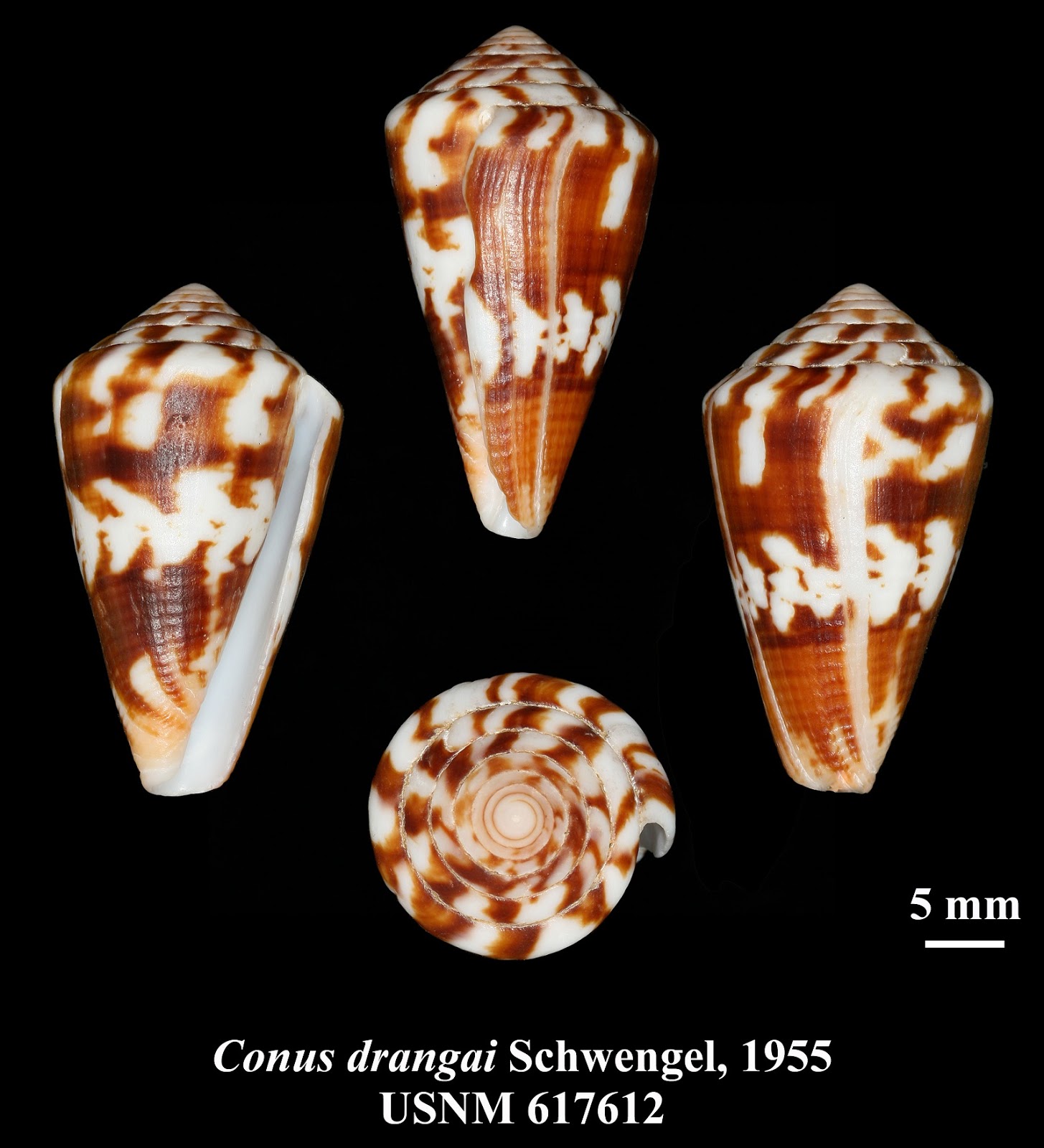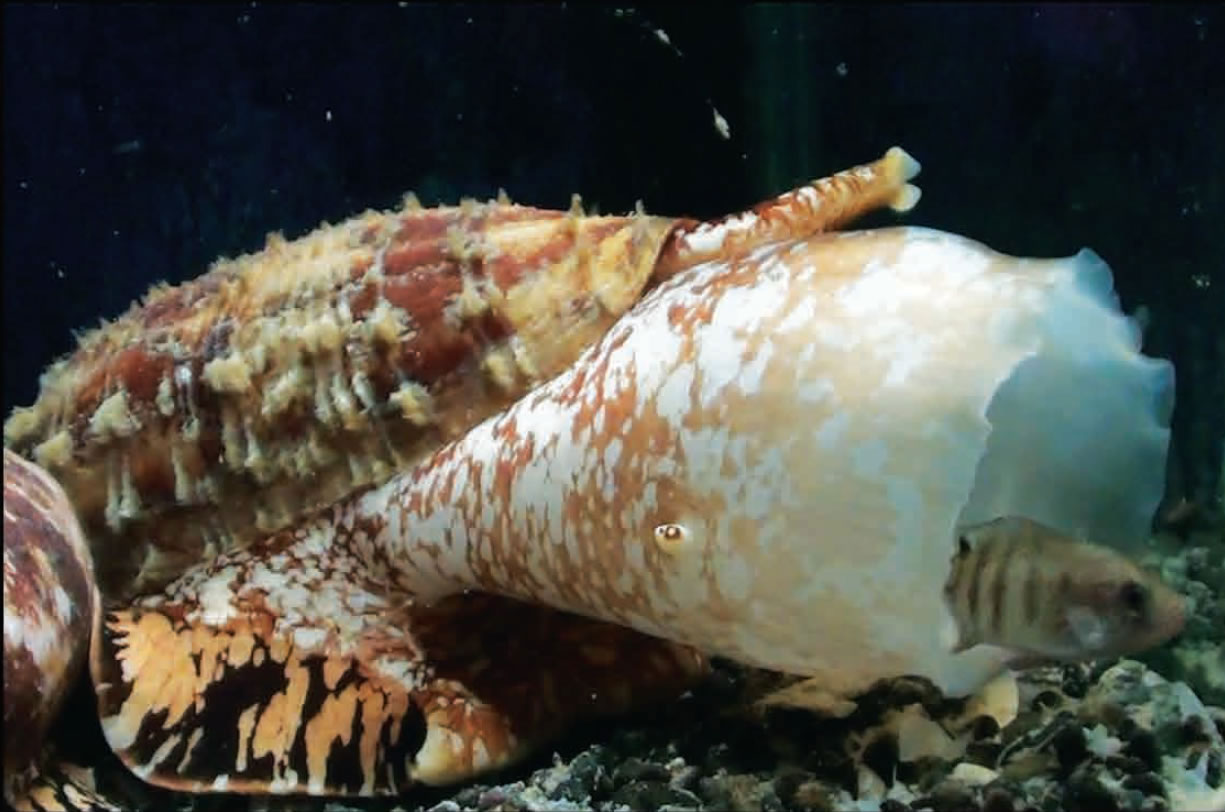

The smaller the LD50, the more toxic is a substance. Of course, those findings can only be conditionally transferred onto humans, hence the LD50 is a point of reference and guidance level for the "Richter Scale" of toxicity. LD 50 determines the average lethal (deadly) dose rate which leads to death in laboratory test animals in 50 % leaving the other half alive.

The measuring unit for the toxicity of a toxin is the so called LD50. Toxins are ingredients of poisons and hardly occur as a solitary substance. A toxin is basically of natural origin and is – chemically seen – a pure substance and clearly identifiable. For example the poison of a bee consists of a variety of substances including toxins. Terminology: it is important to be aware, that there is a big difference in between a poison and a toxin.Ī poison is a cocktail of various substances which are harmful for a body if they exceed a certain concentration. The harpoons have an astonishingly wide radius and can easily penetrate a thin diver’s glove – therefore: hands off! Thankfully for snail, they have around twenty harpoons at various developmental stages in storage so a snail will always have another harpoon ready to load and use. The snail must reload another harpoon before it can strike again. Once the cone snail uses a harpoon to inject venom into its prey, it is discarded. The harpoons are evolutionarily modified teeth (4) that are stored in a radular sac (3). The venom bulb contracts to push venom into the harpoons. The venomous toxins are produced in the venom duct (1), which is attached to a large bulb called the venom bulb (2). The venom apparatus consists mainly of three structures: the venom duct, the venom bulb and the harpoons. It is a complicated biological marvel of nature. Regardless of the type of prey animal, the venomous apparatus is uniformly built in all cone snails. To be able to feed on bigger pray, the cone snail has a huge mouth (siphon), which can extend outwards to engulf its prey. Within a very short time after being hit, the pray (worm, snail or fish) gets paralysed giving the slow snail enough time to approach its meal. Being probably the slowest predator in the sea, the poison armed arrow is used to immobilize the pray. They can be found even only a few centimetres below the surface, during low tide also right on top of the reef or on the beach where they fall a victim of shell collectors – or – vice versa – the shell collector falls a victim of a cone snail. During the day, they will often bury themselves under sand. textile.Ĭone snails are nocturnal active predators they live in tidal waters under rocks or in coral reefs.

However, envenoming in humans has also been caused by those species that specialize in invertebrate prey, such as C. geographus, appear to be particularly dangerous to humans. The venoms of fish-eating species, such as C. Depending on the prey that different Conus species specialize in hunting, the venoms are specifically active against worms, snails or fish. Conus mediterraneus – endemic in the Mediterranean Sea –is commonly harmless for men. 500 different species of cone snails from which only few are seriously dangerous to humans – but the most poisonous ones are usually the most beautiful ones (Conus textile, Conus geographica etc….). Their shells are variable and often strikingly beautifully patterned although in some species the colour patterns may be partially or completely hidden under an opaque layer of algae (see pictures). geographus, reach a length of up to 15 cm. The shell of the cones is in the form of a many-whorled, geometric rolled inverted cone, sometimes also oval shaped. The poison is "taken parenterally (= without the need to pass through the digestive system of the victim), in contrary to a "passive poisonous" sea creature where the poison works by eating them (through the digestive tract e.g. They are active poisonous marine animals using the toxin to hunt. Conus are a large genus of small to large sea snails, marine gastropod molluscs, with the common names of cone snails, cone shells or cones. Mollusca Gastropoda Archaeogastropoda Toxoglossa Conidae.


 0 kommentar(er)
0 kommentar(er)
